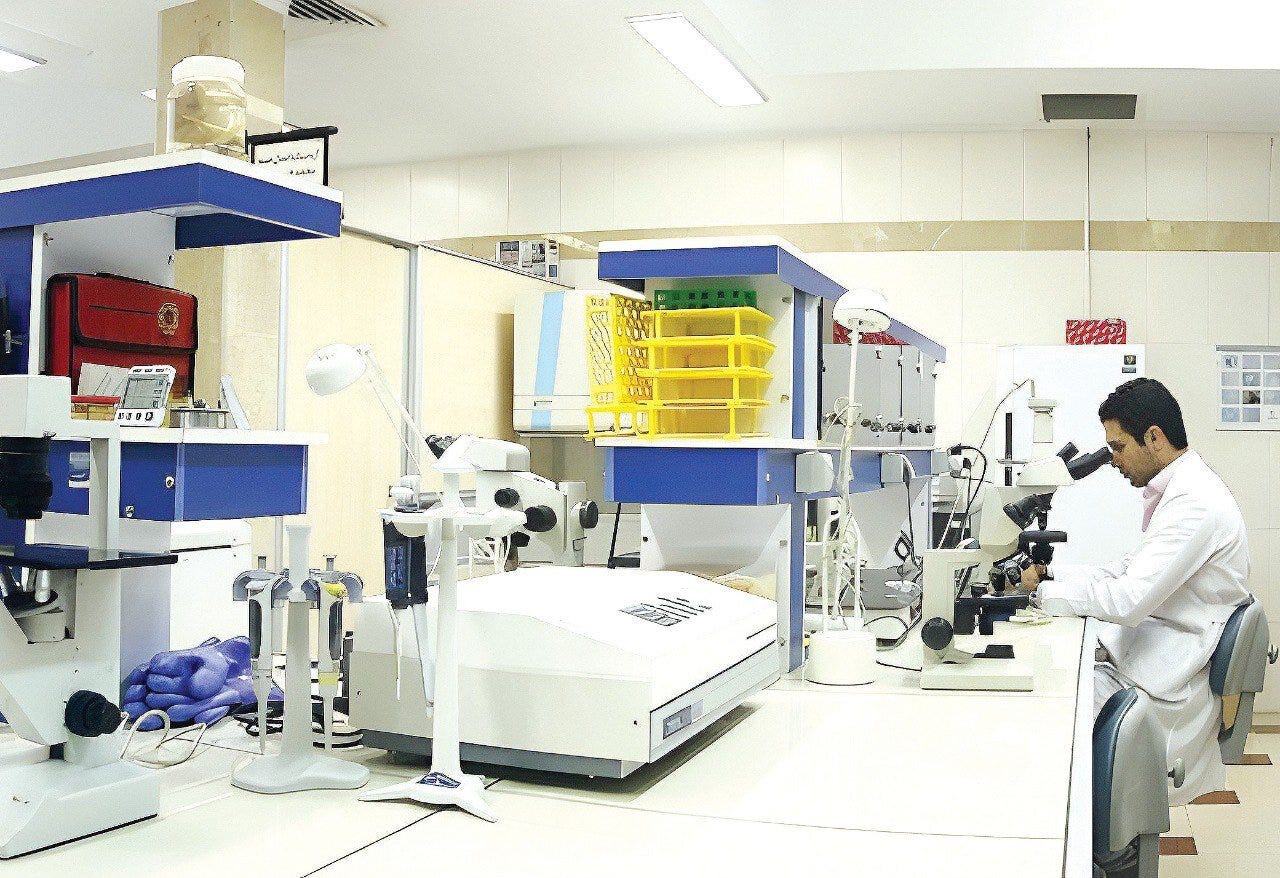Iran Climbs Global Ranks in Cell Therapy Innovation
From One to Five Products—Pioneering Healthcare Projects Set to Cut Foreign Expenditure

TEHRAN, PUREWILAYAH.COM — Iran has surged to the eighth position globally in the field of stem cells and cell therapy, a marked improvement from its previous 12th-place ranking, according to Mostafa Qanei of the Vice-Presidency for Science and Technology. The leap reflects a rise from just one cell therapy product on the market last year to five today.
Qanei emphasised the administration's strategic goal of rising into the top five worldwide, with an important aim to eliminate the need for patients to travel abroad for treatment.
A Powerhouse of Healthcare Innovation
Saeed Sarkar, also from the Vice‑Presidency, outlined a comprehensive health‑tech agenda for the current Iranian year (ending March 2026) that includes 20 major projects. These initiatives encompass the local production of spinal muscular atrophy (SMA) drugs, the development of early detection kits for digestive cancers, and various other health-oriented solutions—collectively projected to save around $40 million in foreign currency.
In addition, Sarkar highlighted efforts to enhance the potency of medicinal plants using technologies like nanocapsules loaded with curcumin, and to rigorously evaluate traditional medicine through clinical trials. He further noted the expanding deployment of artificial intelligence in radiology and pathology—an initiative expected to boost diagnostic accuracy, reduce costs, and enhance accessibility to healthcare.
From Local Capability to Global Aspirations
Mehdi Pirsalehi, director of Iran’s Food and Drug Administration, disclosed that the country has not only succeeded in producing FDA-approved cell therapy products, but is also advancing several gene therapy agents currently in clinical trials. Iran's knowledge-based companies now supply 99 percent of domestic pharmaceuticals, including biotechnology products incorporating indigenised technologies, showcasing strong local capabilities in healthcare innovation.
Meanwhile, Qanei reaffirmed in April that integrating AI into healthcare remains a top priority—expected to slash treatment costs by up to 40 percent, particularly for chronic disease management. This pushes forward a comprehensive innovation strategy to support expert development and technological advancement across Iran’s healthcare sector. (PW)
Source: Tehran Times

